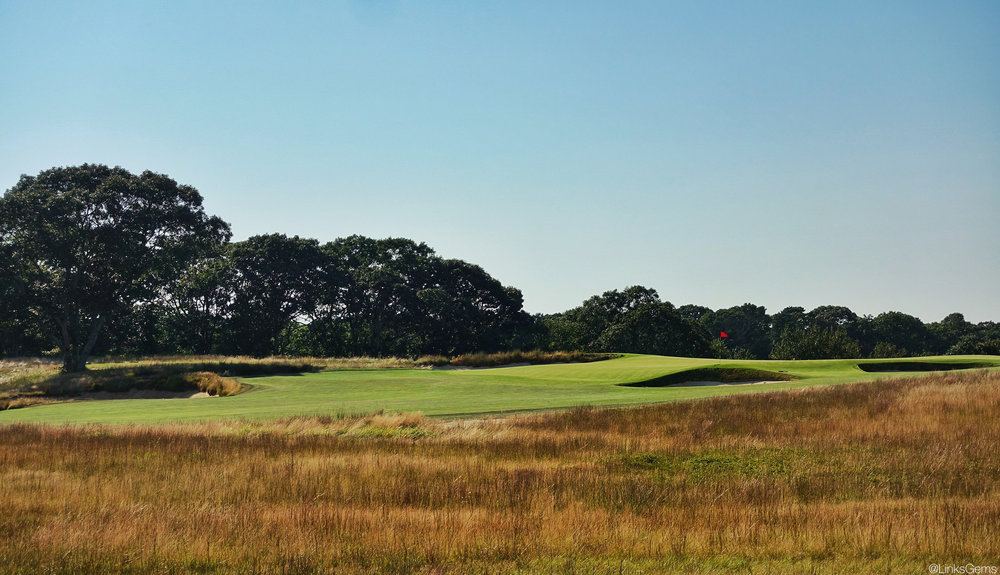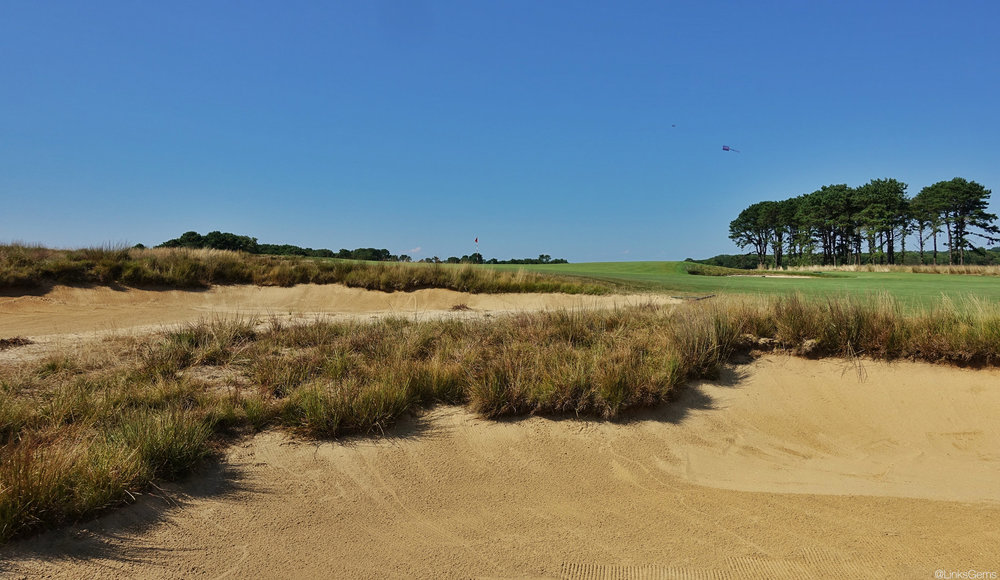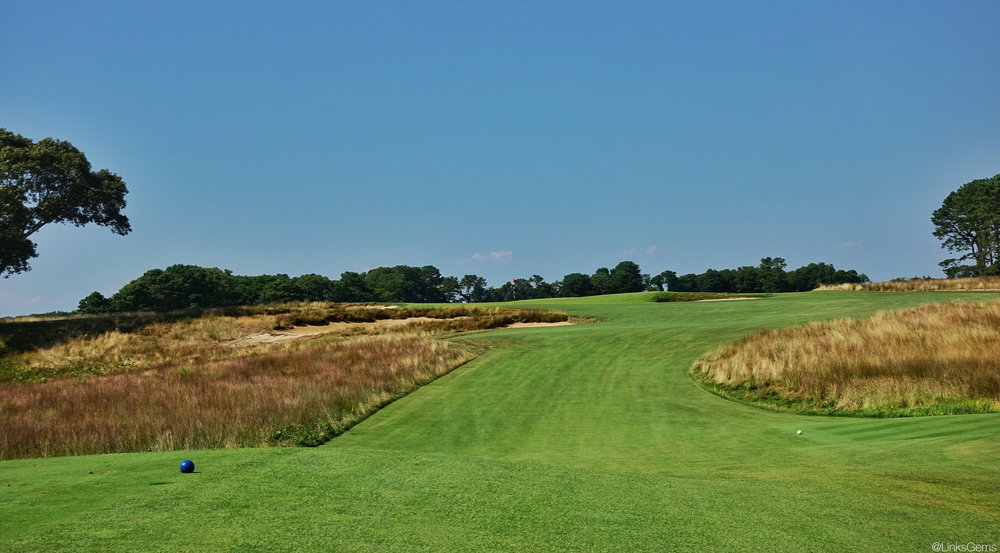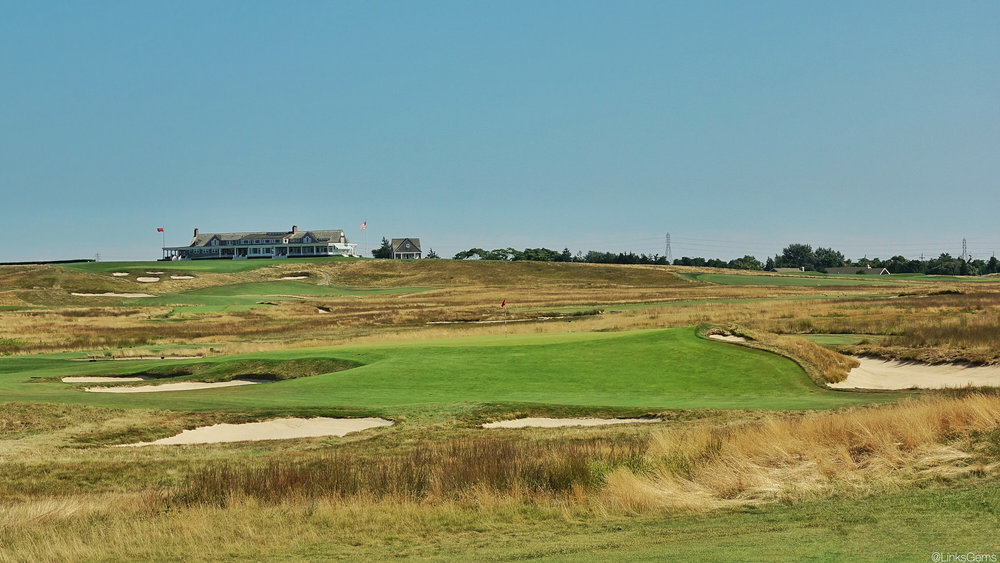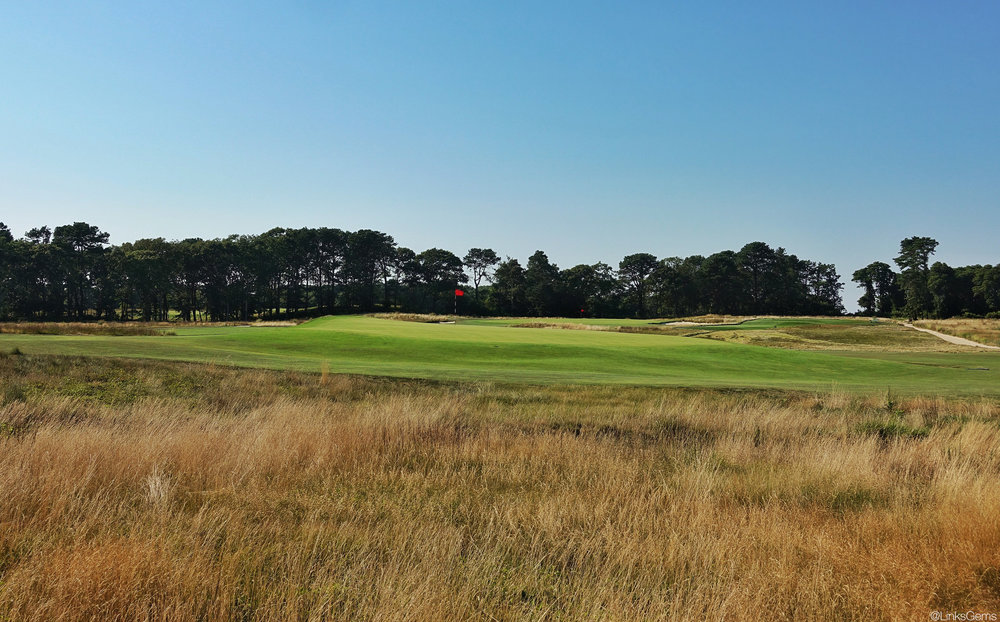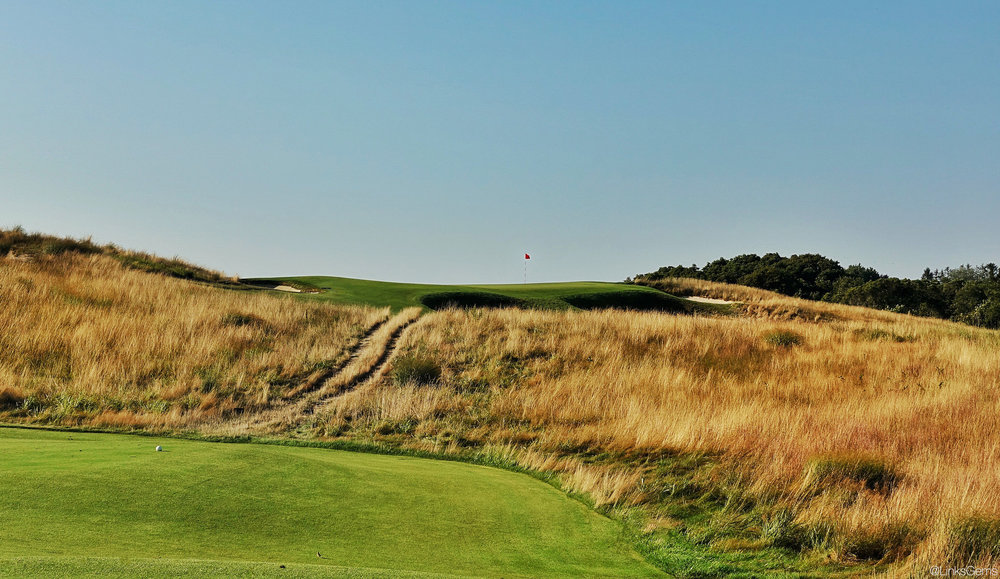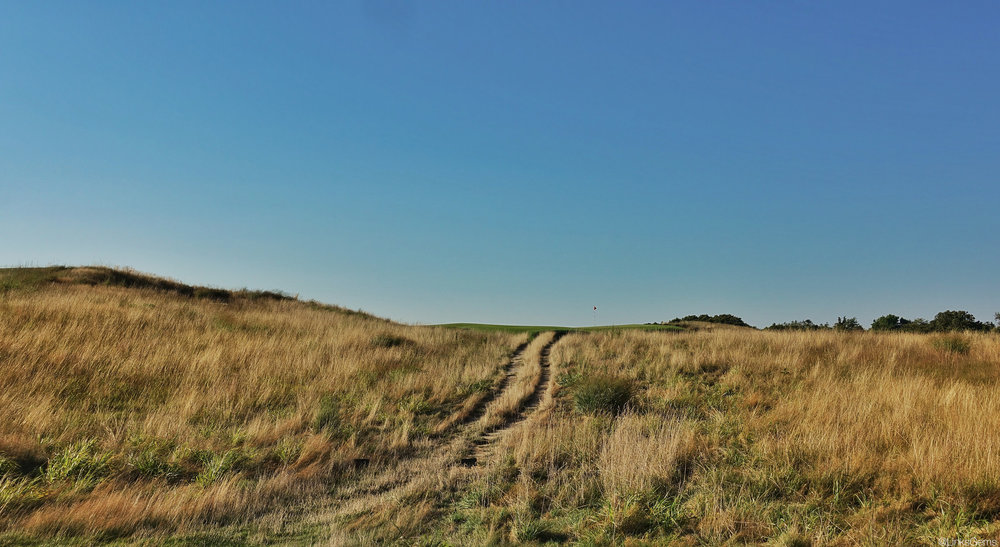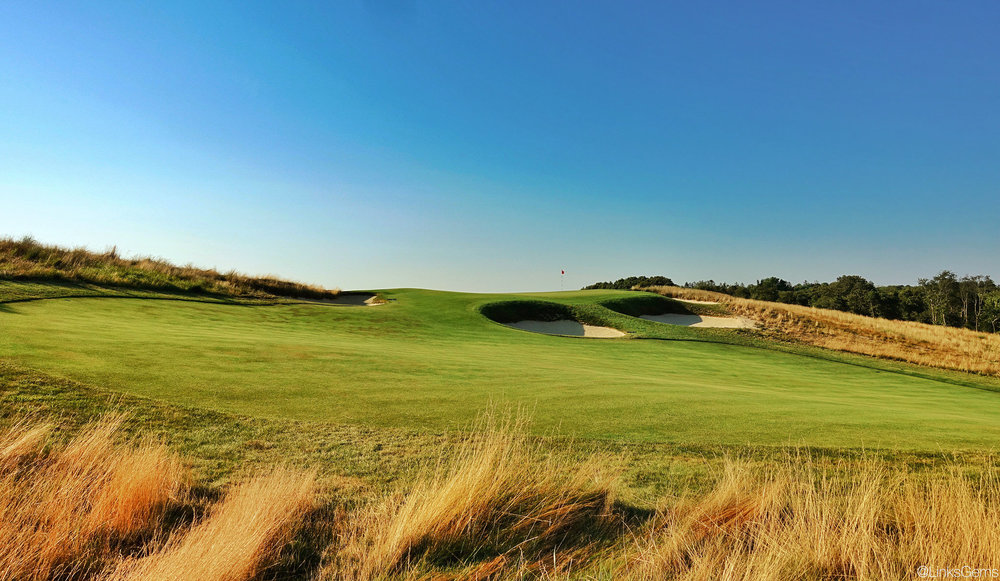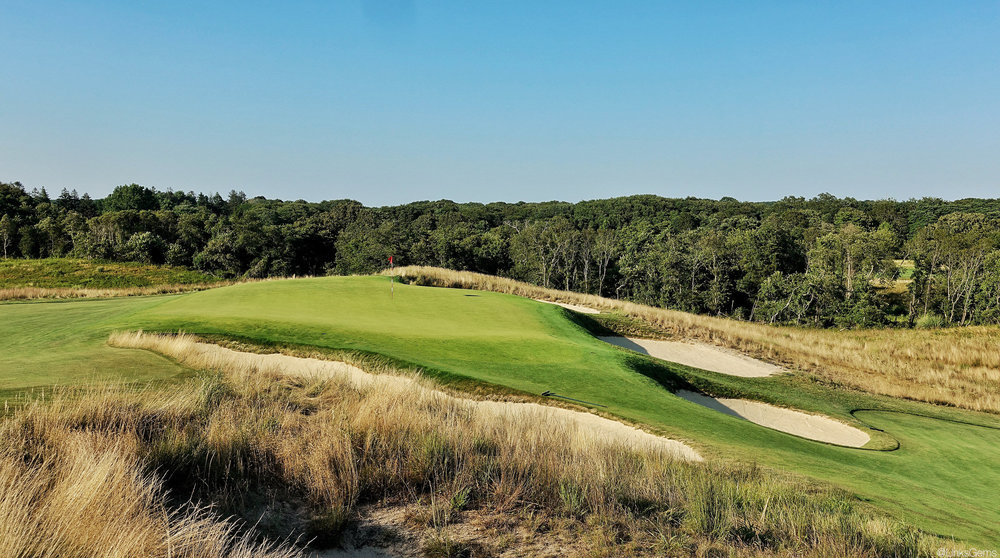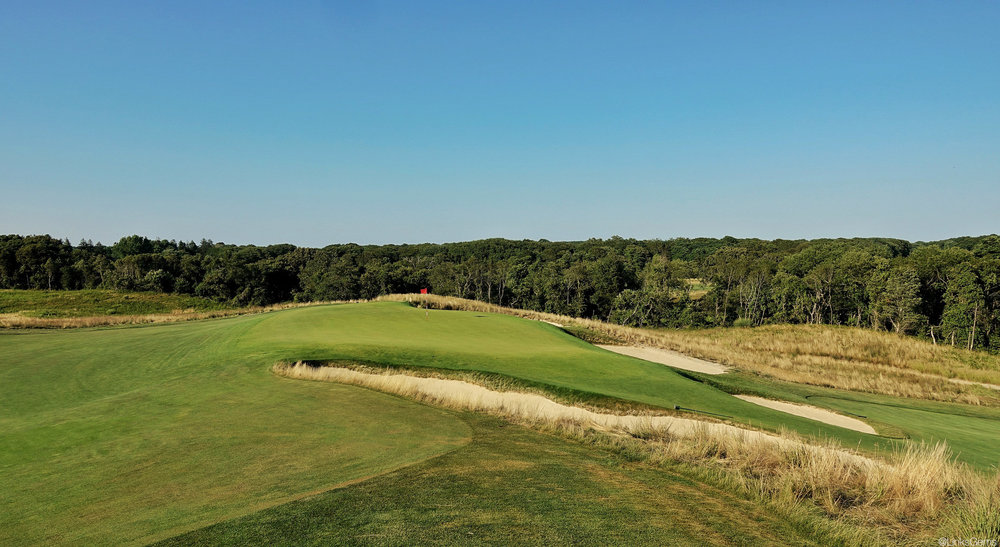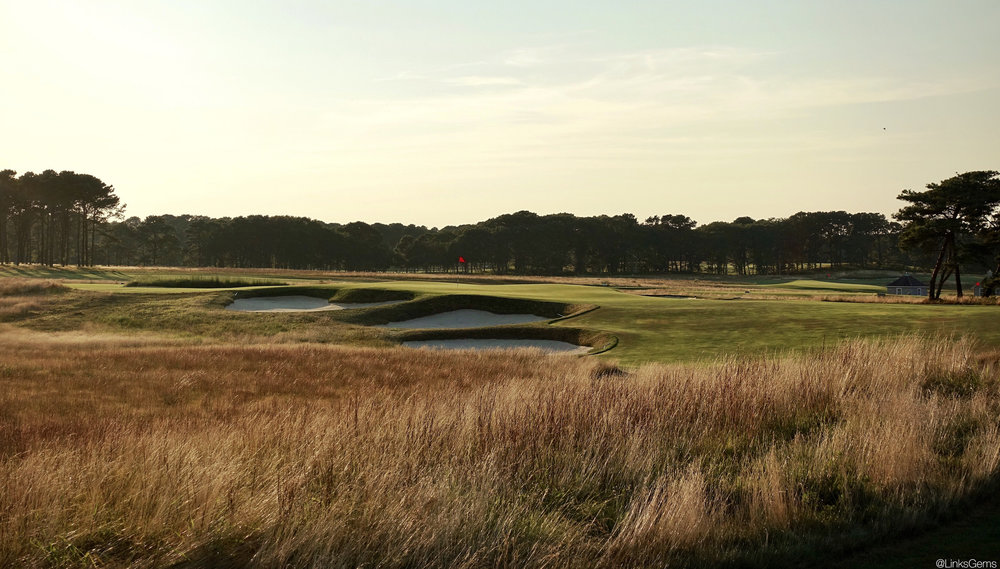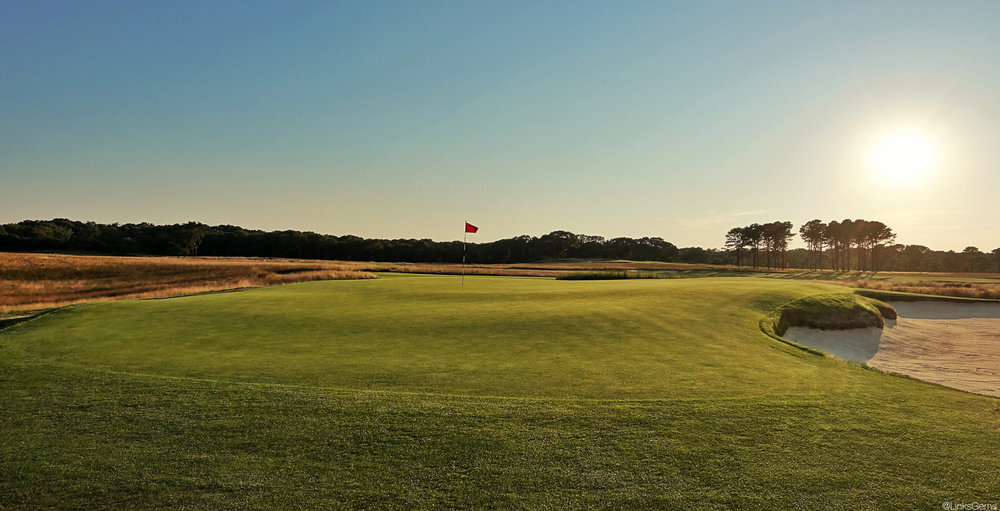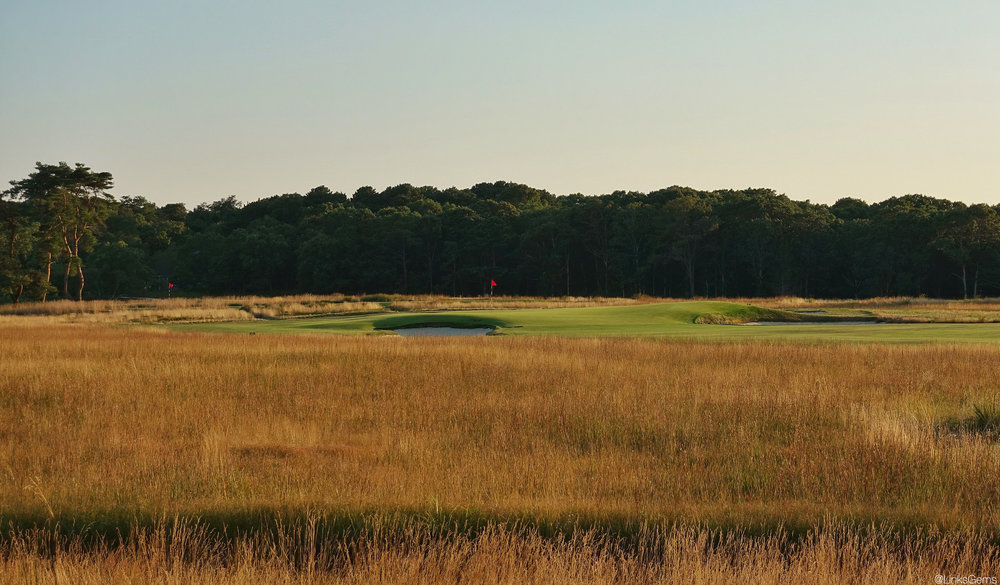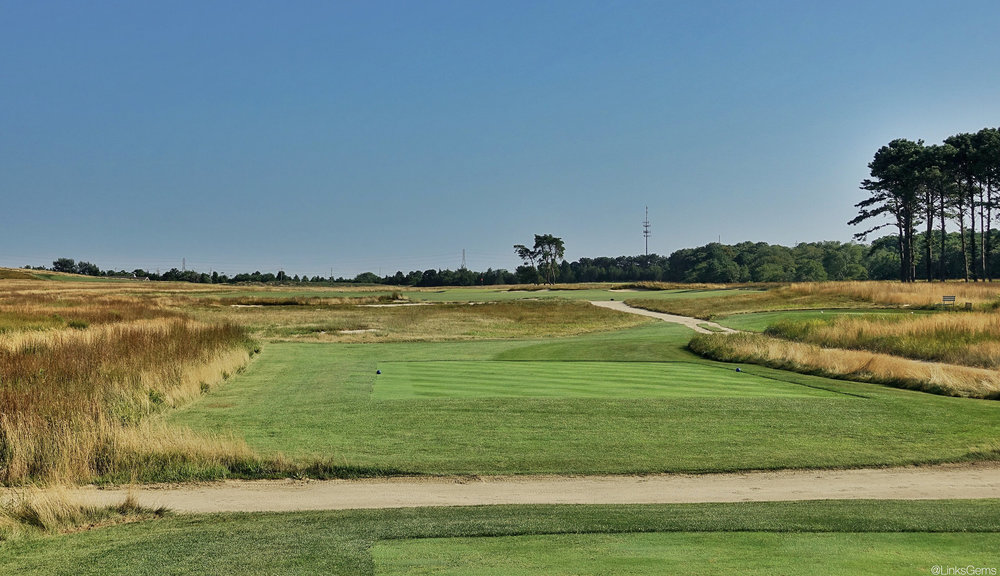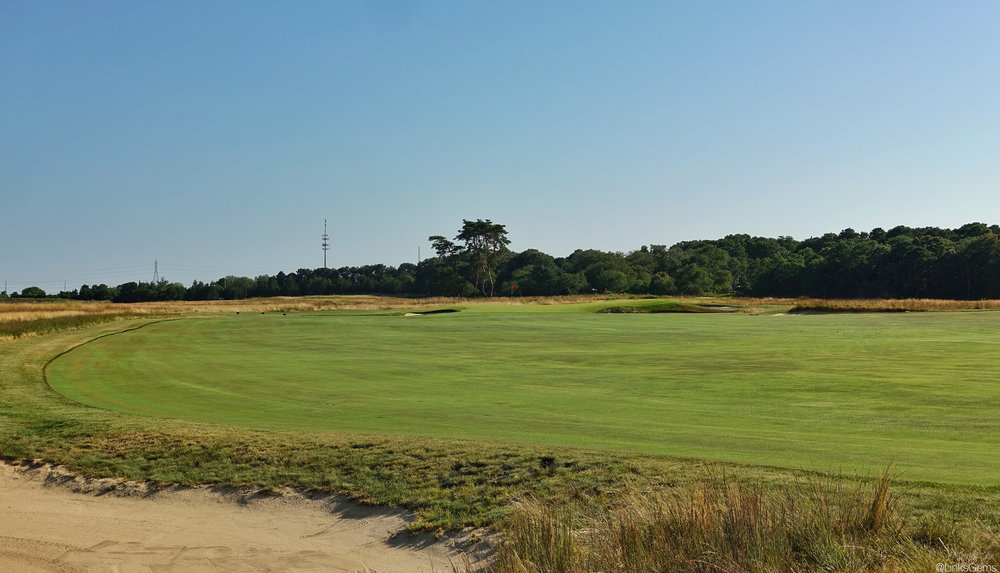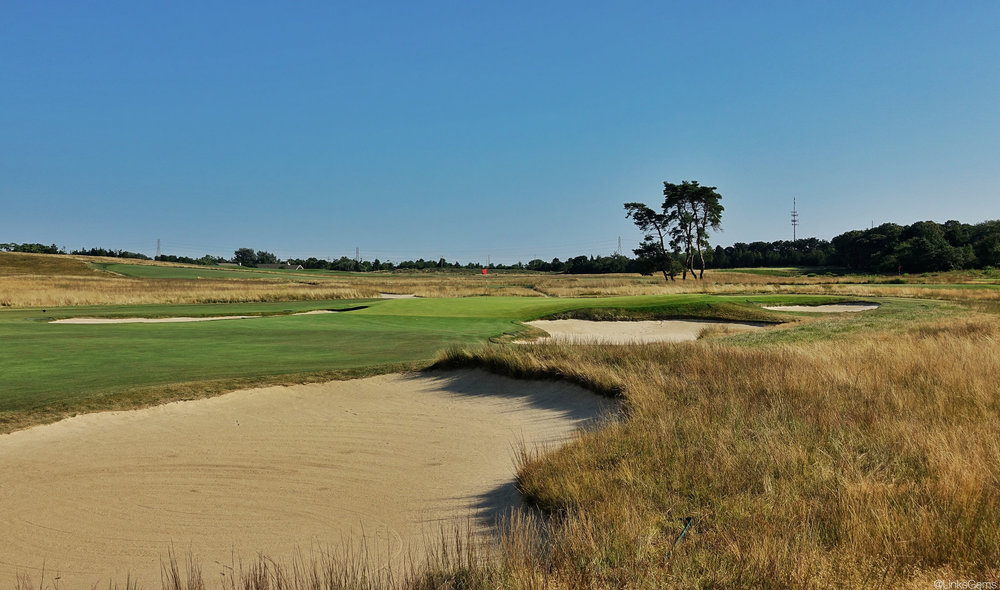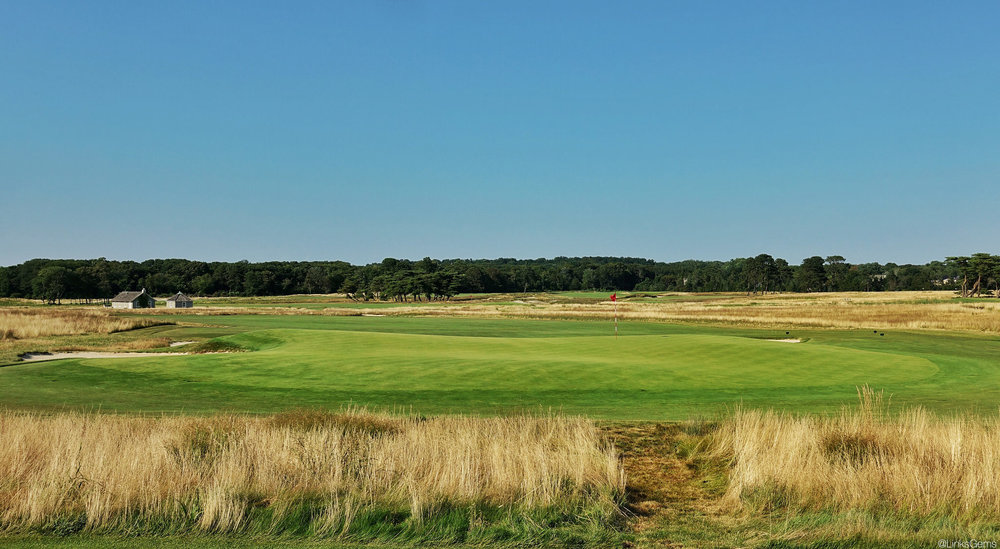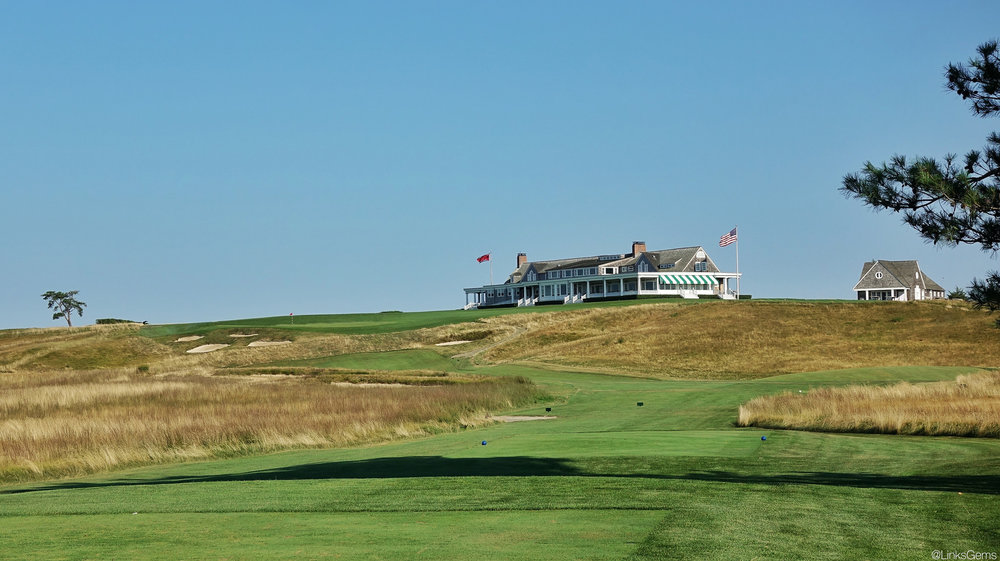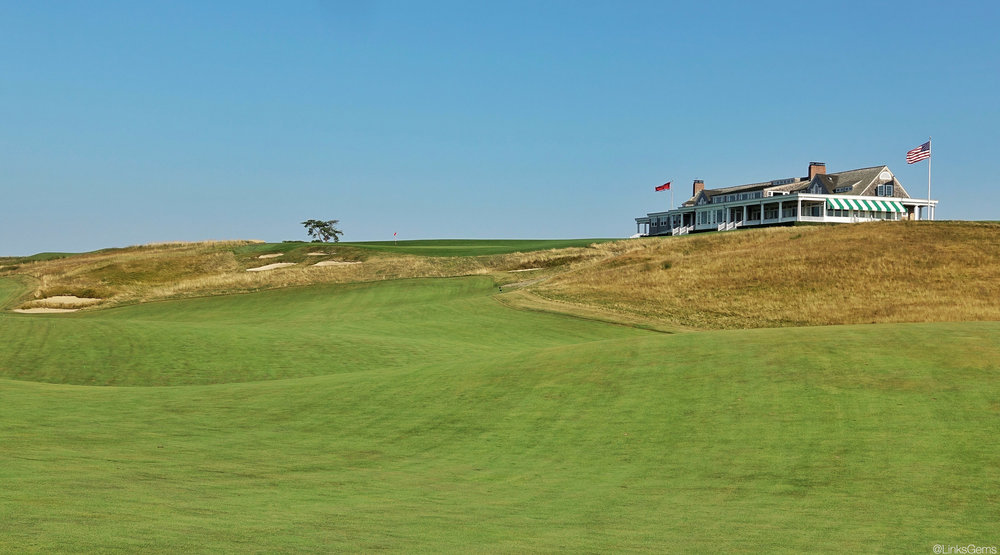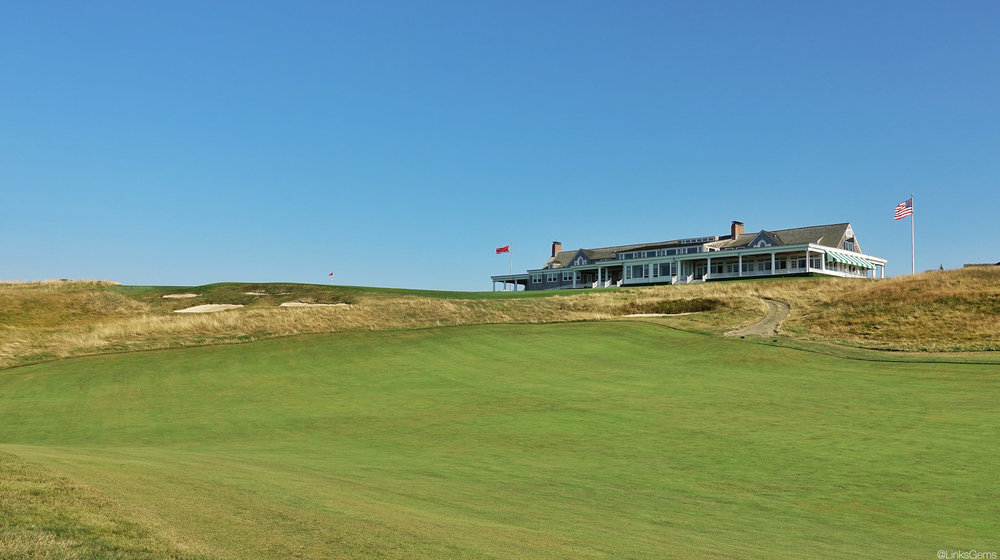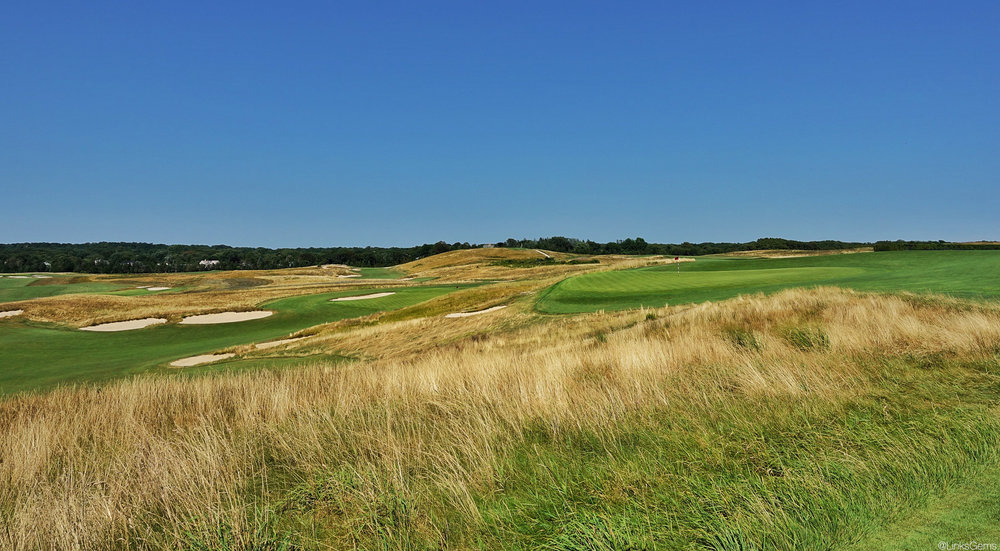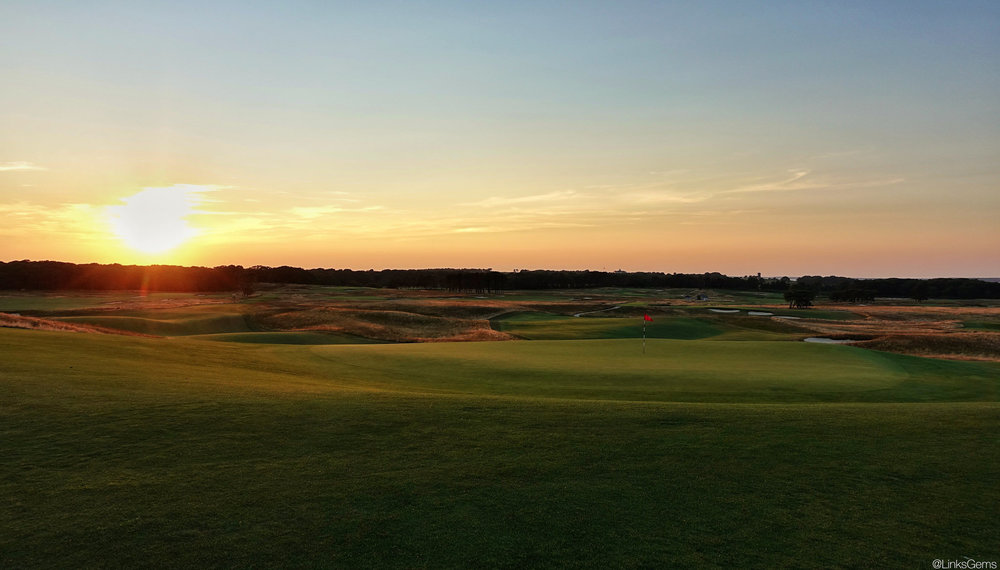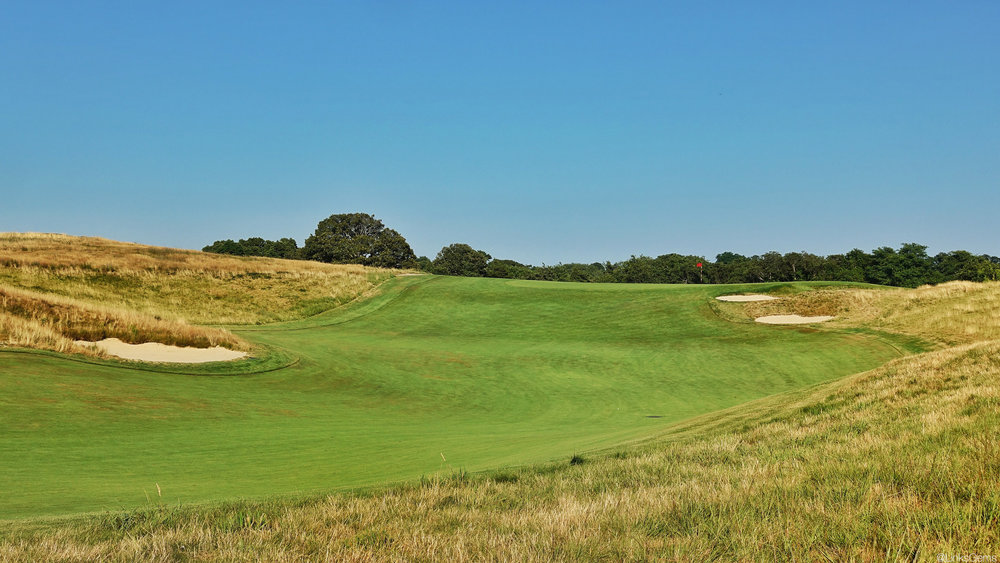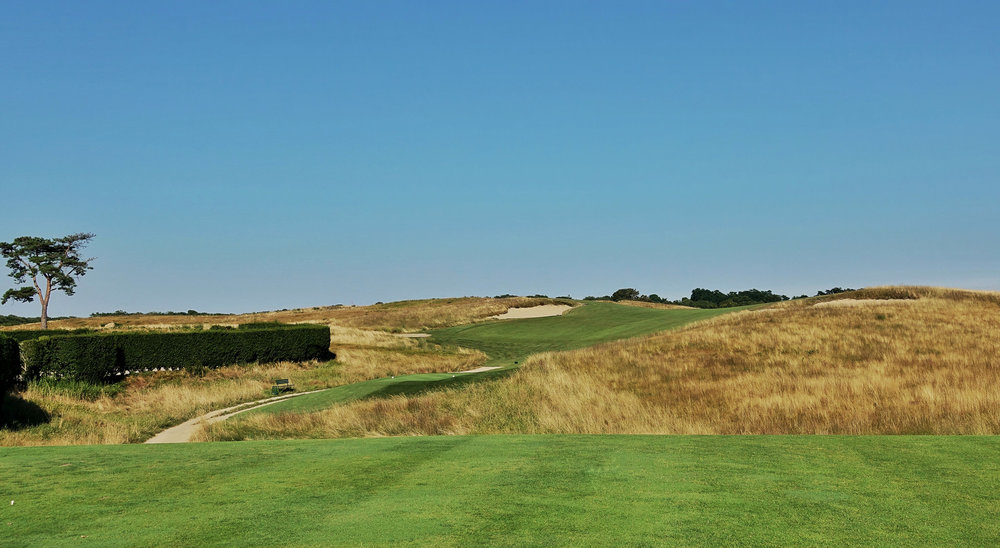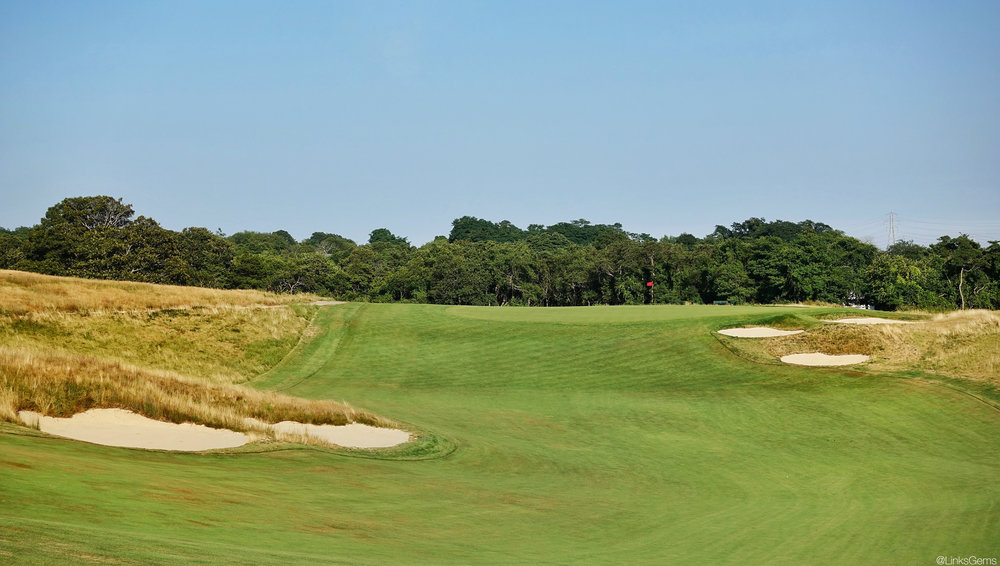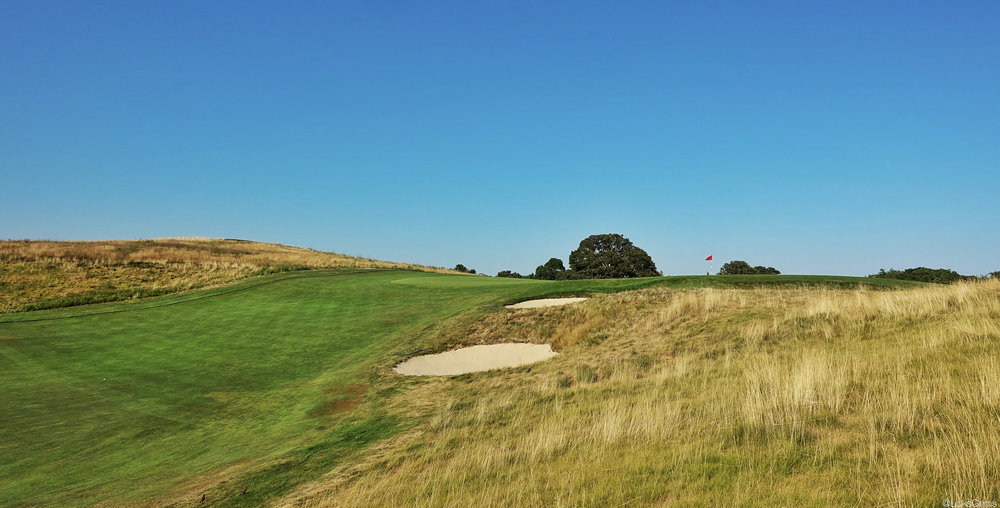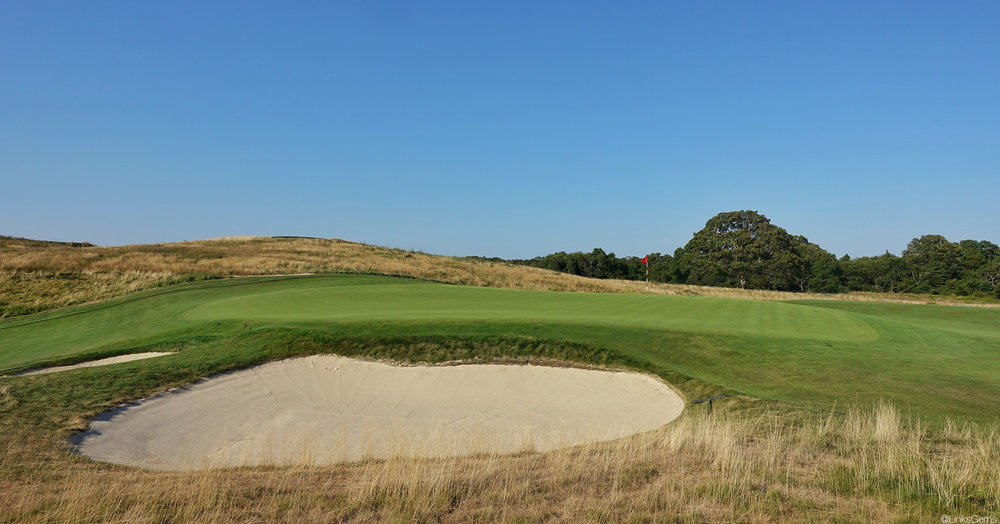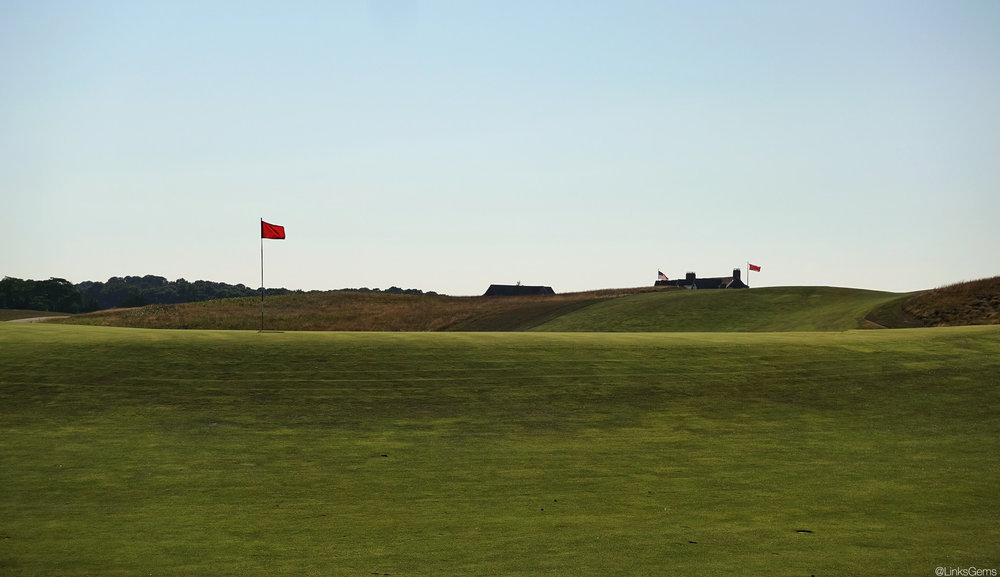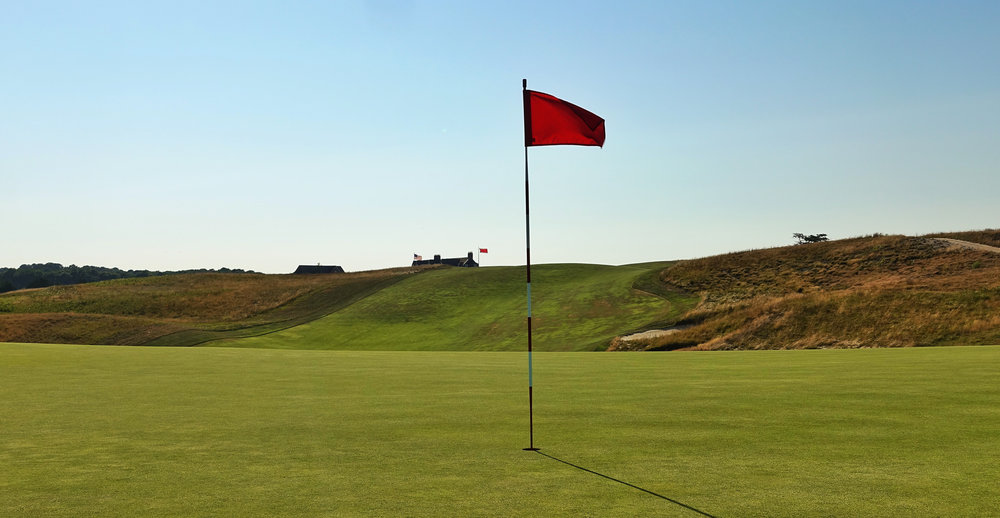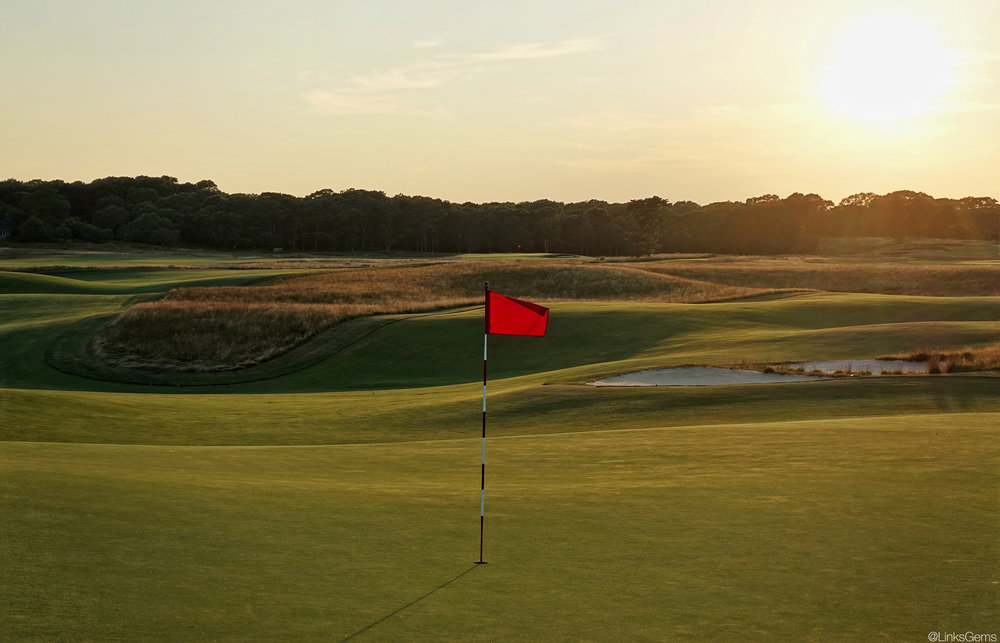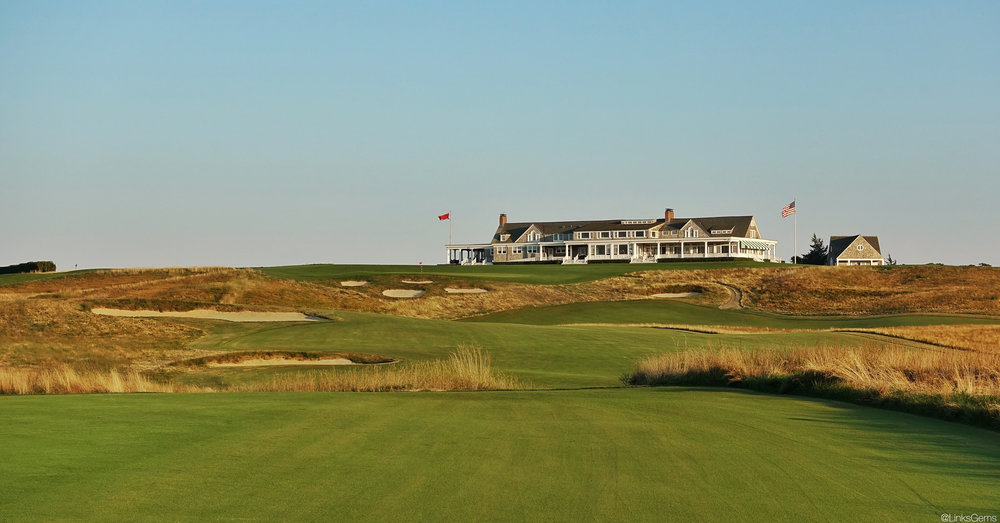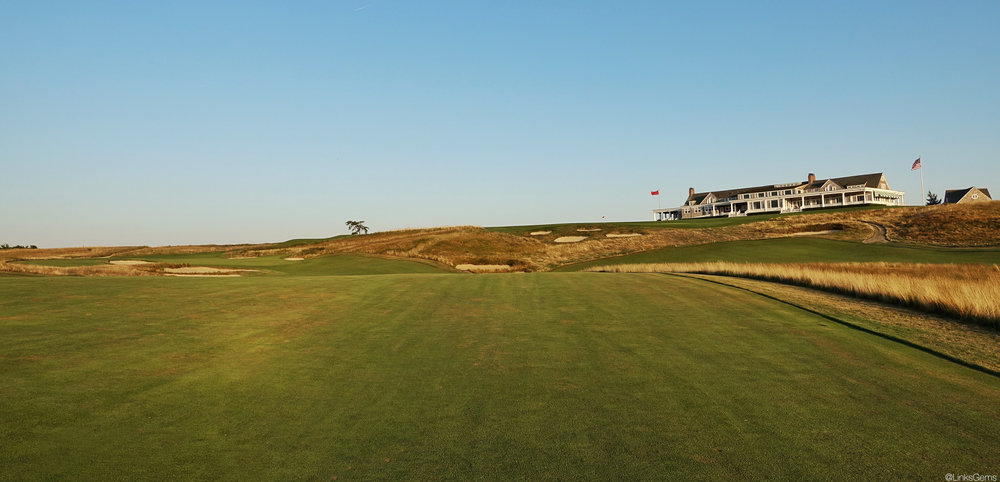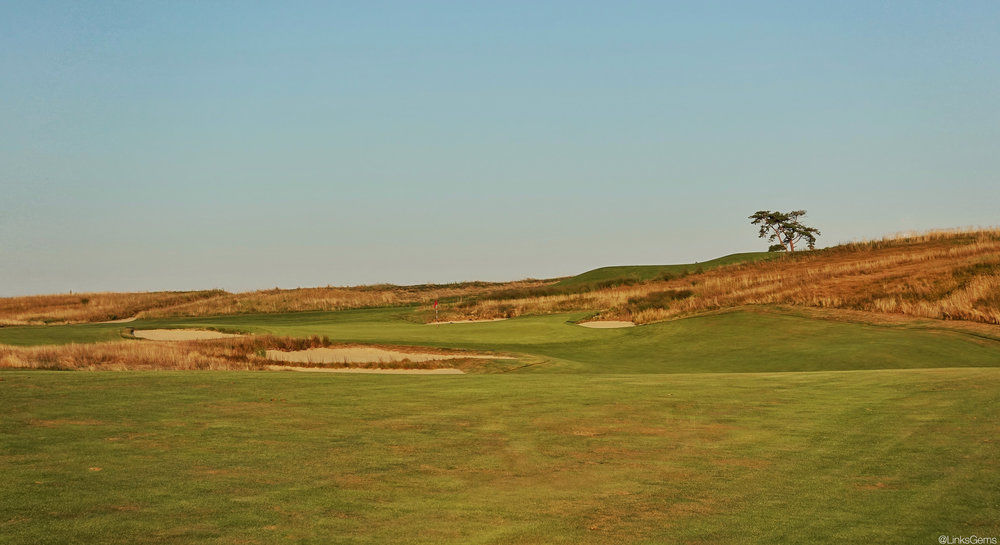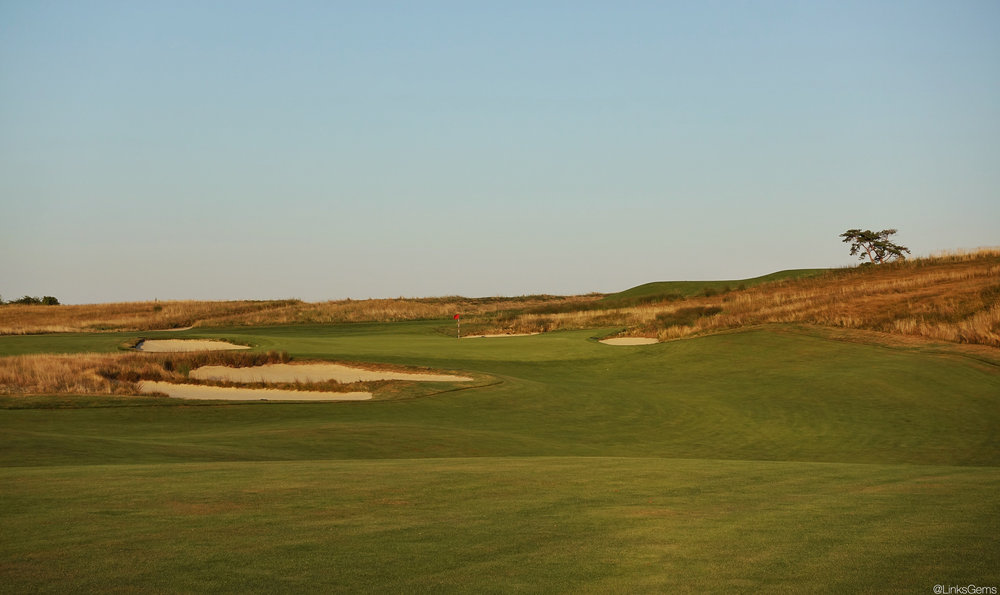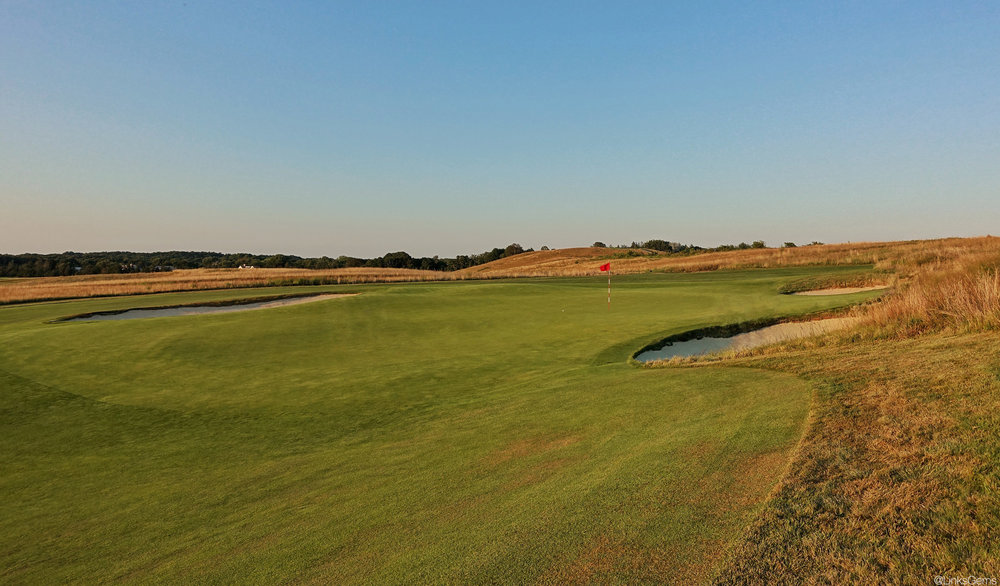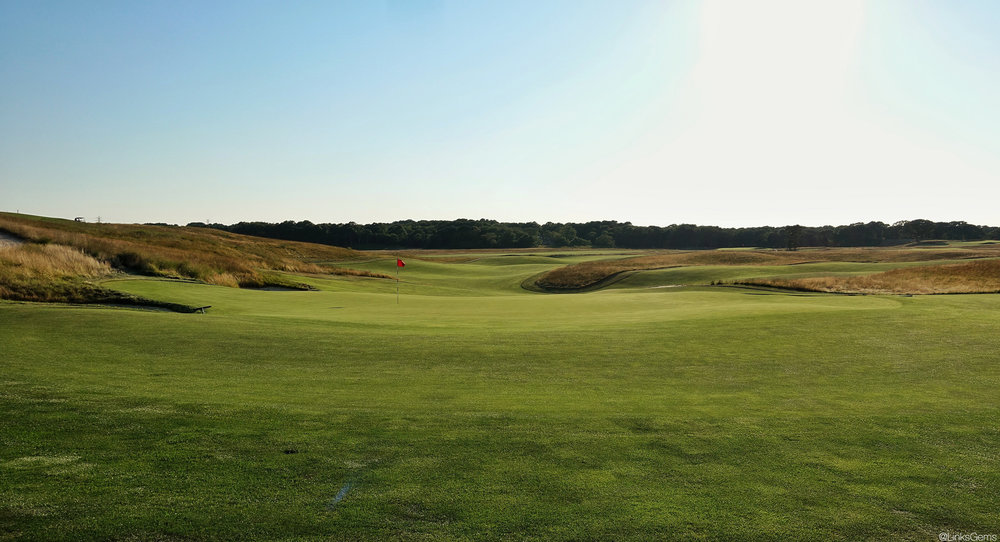Shinnecock Hills features 18 phenomenal golf holes. Each shot at Shinnecock requires the utmost attention and execution. Failure to do so, and a tournament-wrecking triple lies in wait. If you’ve been paying attention, you know that it’s received almost universal praise this week. The course deserves all that praise.
Photos by: Jon Cavalier – @linksgems
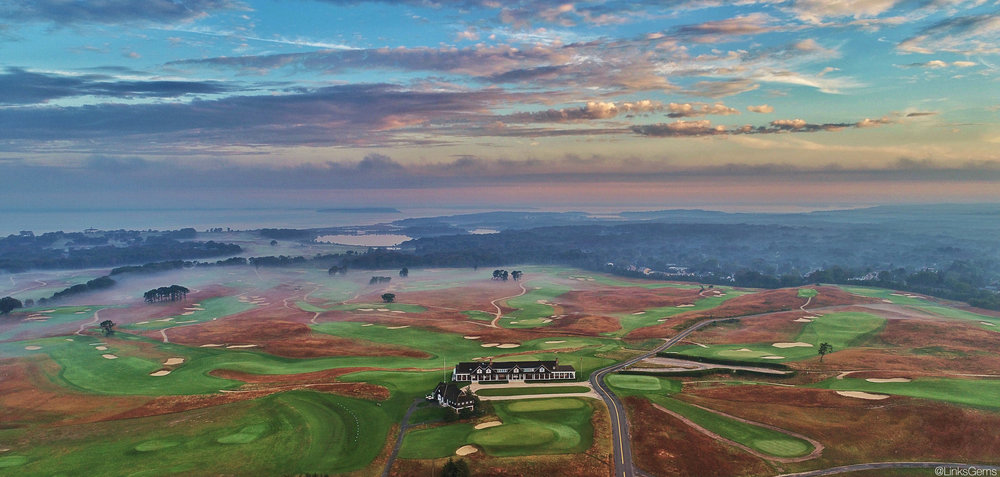
And yet, a course with such a diversity of shots presents something of a conundrum for your humble, web-based, golf-writer. It’s nearly impossible to pick out a few key holes because they are all great in their own way. In the words of Zac Blair, this place might be “too good.”
So, In an effort to write a reasonably readable article, I’m going to breakdown each of the par-3s and four other holes that all happen to be par-4s at Shinnecock Hills. This is not meant to slight any of the others. Rather, it’s an effort to control myself for the benefit of the busy reader.
The prevailing wind comes from the southwest. If we see different winds throughout the week, it will only add to the intrigue and variety of the golf course. In particular, a Northeast wind is terrifying at Shinnecock, as Sean Martin uncovered in his primer, “When there’s a Northeast wind, the members supposedly stay in the bar and play cards.”
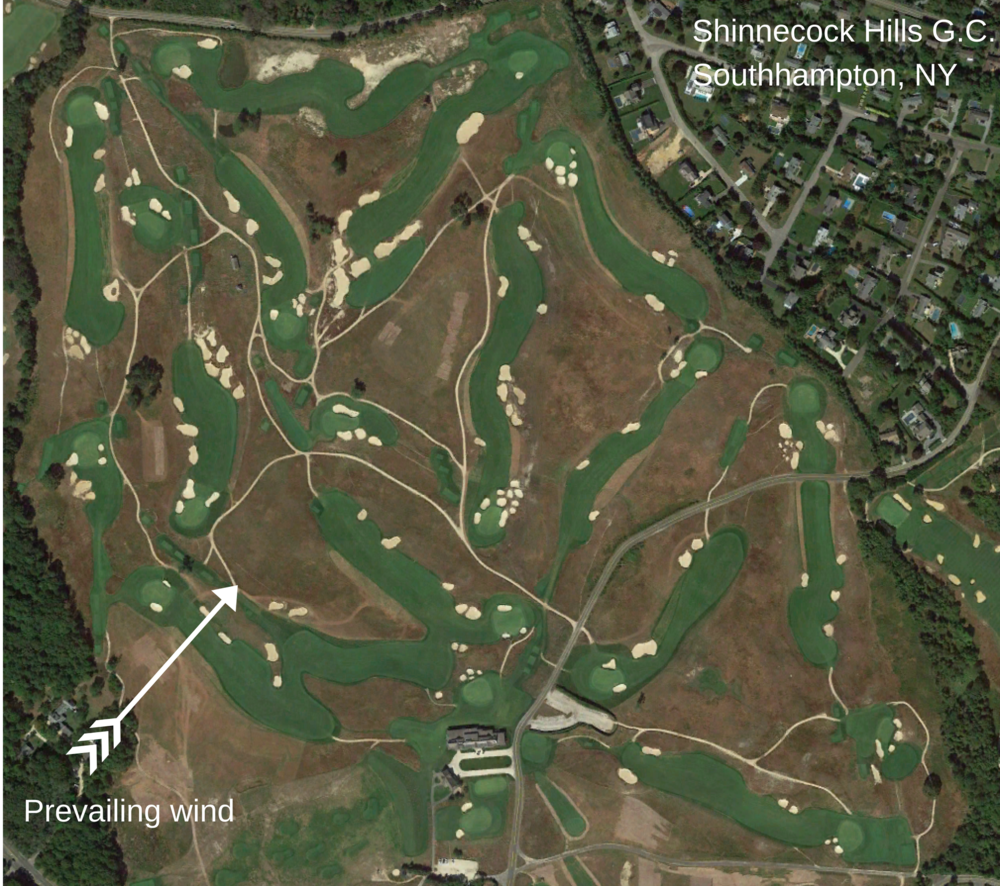
The one-shotters
The par-3s at Shinnecock Hills are spectacular. They will be captivating television this week, and each presents a unique test.
William Flynn designed perhaps the best collection of par-3s of any architect during the Golden Age. At Shinnecock, each contains special challenges. The 2nd and 11th play in similar directions but are separated by 9 holes and can play 100 yards different in length. The variety will force players to hit fairway woods to wedges depending on wind directions.
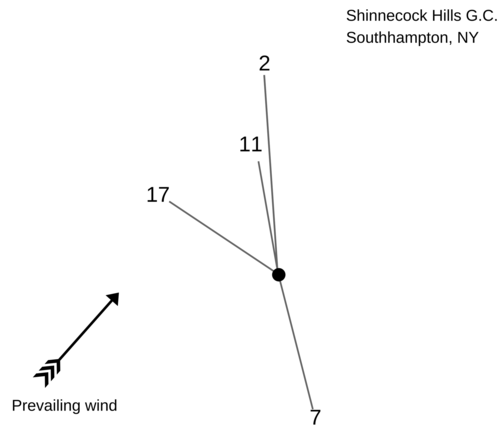
The brawny 252-yard 2nd features intimidating bunkers up the left. The bunkers coupled with the wind, which is typically behind and off the left, makes it difficult to keep the ball from drifting right into a collection area that leaves pre-teen awkward pitch shots. If the wind shifts into players, the 2nd will play like a short par-4.
The 7th gets a lot of attention because of the events of 2004 and its 15th at North Berwick Redan-inspired green. The mid-iron approach plays into a right-to-left wind to a green that slopes away. It’s absolutely unforgiving to any shot less than perfect. In the simplest words, missing right is death.
Shinnecock’s most photographed one-shotter is the short 159 yard par-3 11th, which climbs up one of the club’s namesake hills. The tiny green is wide but shallow and repels shots in all directions. Missing the green can lead to players starting a ping-pong match against themselves.
The 17th at Shinnecock Hills lies in wait for players looking to close out rounds. At 180 yards, it doesn’t look menacing on a scorecard, but it might be the most difficult of all the par-3s. It requires perfection. The green sits perched above bunkers on the left and right. The 17th’s secret sauce is its angular green, which orients from right to left. This forces players to commit and fire at the flag. Great shots that would usually be pin high and 20-ft right will end up in a bunker on the 17th. In a sense, it’s simple, just hit a good shot…but golf isn’t that easy.
The par 4s
As mentioned earlier, every hole at Shinnecock is fantastic, but these are the four where I am particularly excited to watch action unfold. They all happen to be par-4s, but one of them might play closer to a par-5 in scoring.
HOLE #8 – 439 yards
The 8th might fly under the radar a bit by glancing at the scorecard, but it’s one of my favorite holes in the world. The fairway stretches nearly 60 yards wide and is semi-obscured from the tee because of the sandy waste in front that runs on a diagonal up the left. Off the tee, the right side looks inviting, but that is falling for Flynn’s trap. The green is defended from the right side by the use of angles and contours. Approaches from the right have to hit over bunkers and to a shallow green that runs away. When the pin is in the back right, it’s also semi-blind, adding to the challenge. Meanwhile, from the left side of the fairway the green is wide open to all pins. Players will still have to deal with the massive false front and fall-offs on the left and rear of the green, but it’s a position that allows them to attack.
HOLE #9 – 485 yards
If a modern architect attempted to build the ninth hole today, he would be criticized for building a golf hole that is too extreme. Playing the ninth feels like playing up a mountain, and oh yeah, it’s also 485 yards. It sits on some of the property’s boldest topography, and the fairway twists and turns its way up to the top of the hill next to the clubhouse. The green is perched on top of the hill with deep bunkers inset. The predominant wind is helping off the right, but if it turns, it could be a par-5 where some players in the field will struggle to get to the green with their second shots. The tee shot is key on the 9th, an aggressive drive up the left will set up a much shorter approach than the bailout option right. While there is room right, the shot gets longer and much tougher up the hill.
HOLE #10 – 415 yards
The close of the phenomenal stretch of par-4s is the 10th, which should be one of the more captivating holes to watch this week. The mid-length par-4 sits on wild ground. The fairway runs up and then tumbles down into a low flat area before rising back up to a perch the green sits on. The green has a devilish false front that can send shots just short tumbling down the fronting hill and the green slopes severely from back to front. Off the tee, it forces players into a decision: play to the top of the ridge in the fairway with an iron or bomb driver down the hill to leave a short flip wedge. Laying back leaves a longer shot but perfect visibility into the green. Hitting it down the hill leads to a blind flip wedge to a severely elevated green. Missing an approach shot short is bad, but long could lead to disaster.
HOLE #18 – 485 yards
The famed closer at Shinnecock Hills will debut a new back tee that adds a semi-blind tee shot to the mix. The fairway bunkers sit into the hill that the hole winds around. The fairway slopes hard from left to right, while a tee shot up the left will shorten the hole, leading to a poor angle to approach the severe green. A tee shot up the right side will create a catcher’s mitt effect to most pins on the green. The bunker on the left side of the green will funnel shots back to the middle along with a ridge on the back right portion of the green, which acts as a (legal) backboard. Getting above pins on the 18th is not recommended.


 by
by 